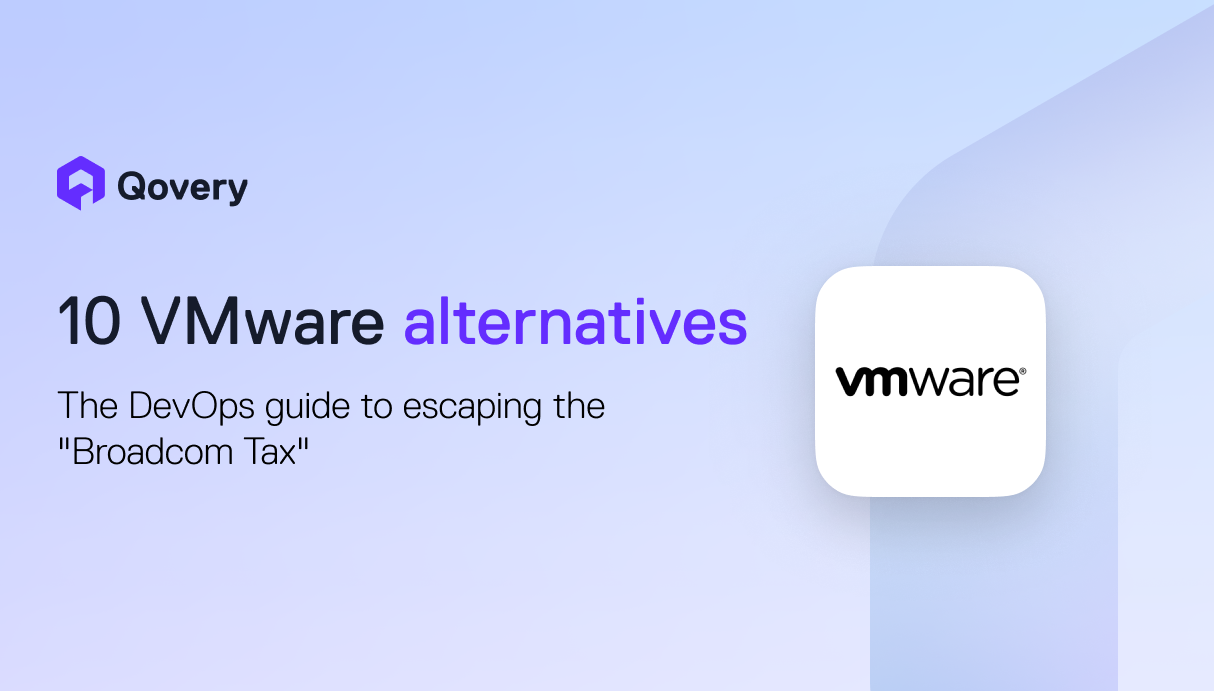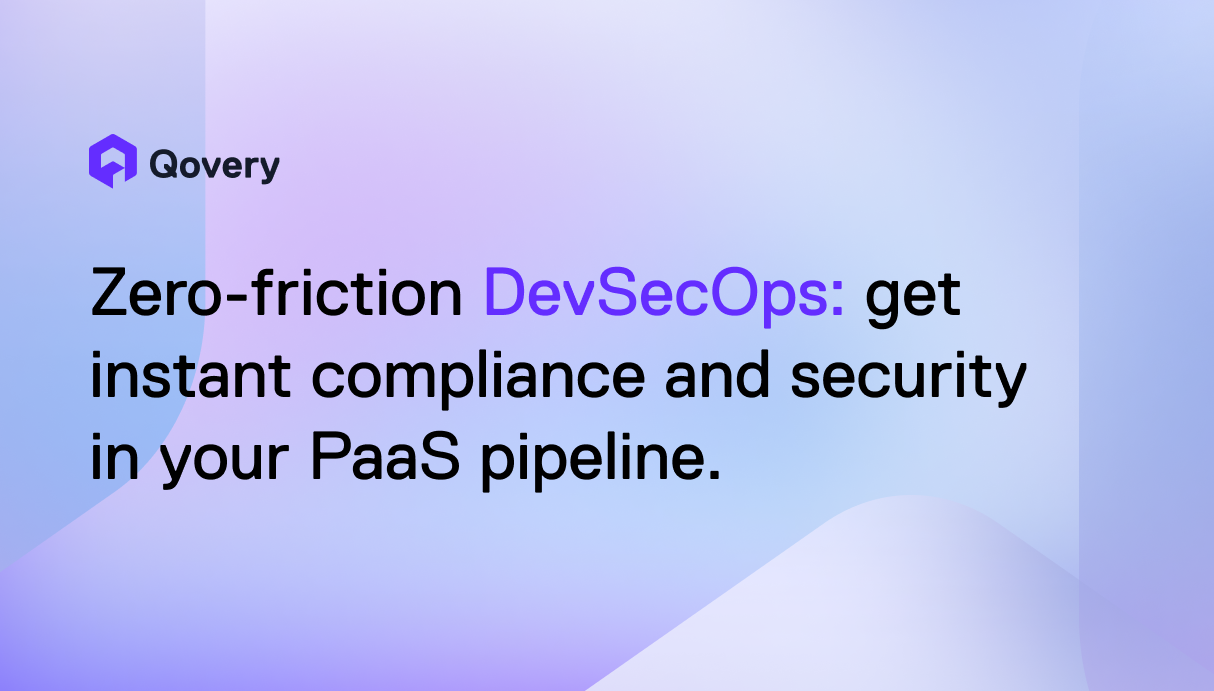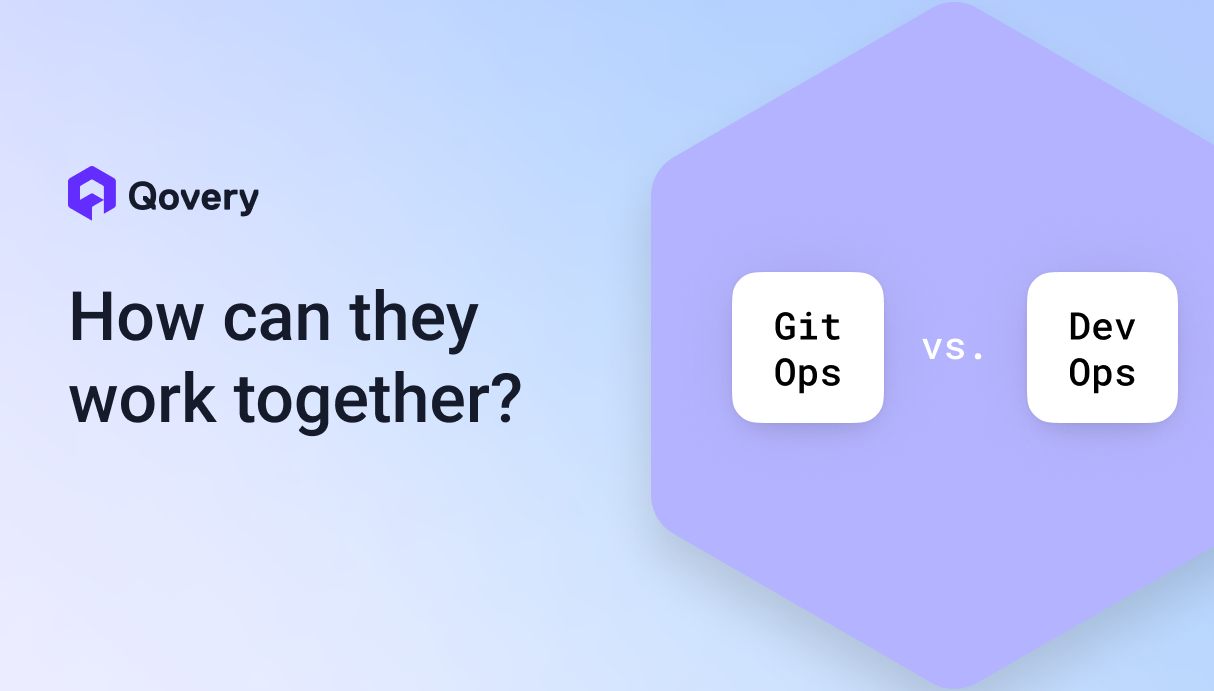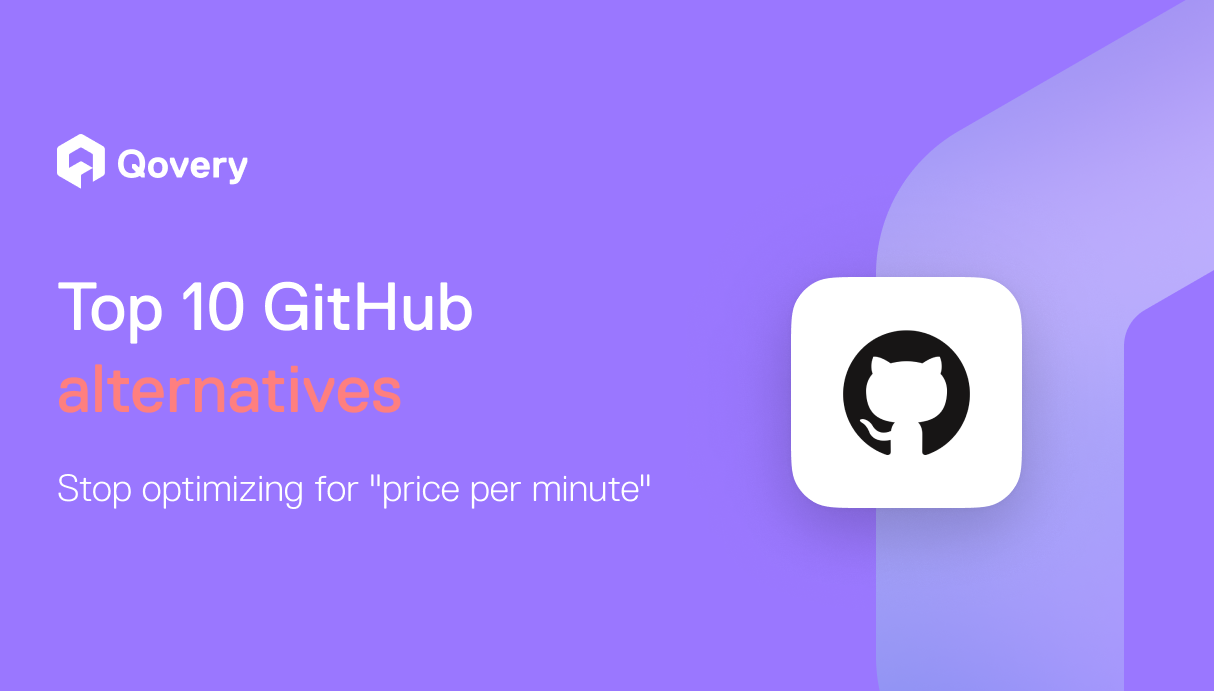

Robust Production Infrastructure: Why It's Critical for Accelerating Business Growth



Key Points:
- Proper infrastructure is essential for growth. As a company scales, its production infrastructure must be able to handle increased demand without failing. Neglecting this leads to performance issues, security vulnerabilities, and system downtime, ultimately hindering business growth.
- Skipping infrastructure investment creates significant risks. Initial savings from avoiding investment are quickly outweighed by costs from system failures, emergency fixes, and decreased engineering productivity. This technical debt compounds over time and makes it harder to meet growth ambitions.
- Investing in robust infrastructure yields major benefits. A strong infrastructure foundation allows a business to scale more rapidly, ensures system reliability, and empowers development teams to innovate faster. Key components include scalable computing and storage, comprehensive monitoring, and a focus on security and disaster recovery.
When accelerating and reaching critical mass, mid-size companies reach a crucial moment when their production infrastructure either accelerates their success or becomes the reason they fail to scale.
Good production infrastructure maintains performance, security, and reliability as customers and demand increase. It includes automated deployment pipelines, scalable computing resources, monitoring, and security.
For scaling businesses, proper infrastructure is the difference between sustainable growth and operational burden. Without solid foundations, every new customer adds load to engineering teams and impacts delivery.
The cost of neglecting infrastructure can compound over time. Initial savings from skipping investment disappear quickly as systems fail for customers and emergency fixes happen. Engineering productivity slows down as developers focus more on production issues. Companies that delay infrastructure investment cannot meet their growth ambitions down the line.
In this article, we look at the impacts of growth on infrastructure and how to build robust production environments for your products, highlighting the key investments to make as your company grows.
Growth creates technical challenges
Scaling businesses encounter predictable infrastructure challenges as the user base expands and complexity increases. These challenges often slow down teams with product development, as they have to focus their time on fixing infrastructure to deal with growth.
1. Resource Constraints
Small infrastructure that worked initially can fail when a user base exponentially grows. Non-optimized databases can slow down rendering services less usable. Server capacity can become a constraint when traffic peaks. Teams need to handle infrastructure provisioning reactively when incidents happen.
2. Operational Complexity
Growth typically leads to increased operational burden. Bigger products and infrastructure require more attention from operational teams as new scaling issues enter the picture. Manual processes that used to work on a small scale become harder to maintain. Teams struggle to keep up with deployment requests, configuration changes, and emergency patches.
3. Technical Debt Accumulation
Fast early growth regularly comes at the cost of technical debt. These compromises made early on compound as systems grow. Infrastructure teams don’t have enough time to keep debt low while demand increases. Eventually, the weight of accumulated debt impacts other parts of the product, requiring a deployment freeze or major refactoring to fix forward.
4. Skill Gaps
Growing companies often lack the specialized infrastructure expertise that is needed with larger scales. While developers could handle deployments previously, the skills needed to maintain production systems for bigger products differ significantly from those required for initial development.
The risks of not investing in proper infrastructure
Companies that neglect infrastructure investment can face hard consequences that impact their product and viability. These risks compound over time, leading to incidents that could have been prevented with proper planning.
1. Downtime and outages
Fragile infrastructure fails when facing increased traffic. Sudden spikes can have a radical impact on applications, servers, and databases, making them unresponsive. Each outage damages customer trust and costs revenue and time.
Downtime also impacts other parts of the company, support teams get overwhelmed with complaints, and development teams come to a halt while operational teams fix infrastructure. Furthermore, recovery is a long process, way past the outage, and only gets more complex as systems grow.
2. Performance degradation
Poor infrastructure manifests as slow applications, long before complete failures occur. Page load times increase, APIs slow down, database queries and functionalities time out. Users often notice the degradation first, which impacts their experience.
Performance issues create negative feedback loops. Slow applications frustrate users, reducing engagement, which impacts growth. Reduced growth limits resources available for infrastructure improvements, which continues until issues are addressed systematically.
3. Security vulnerabilities
Neglected infrastructure creates security risks that expose businesses to breaches and compliance failures. Unpatched systems provide entry points for attackers, while misconfigured services can leak customer information. Furthermore, lack of monitoring allows breaches to go undetected for months.
Security incidents cause lasting damage for a company’s image, customer trust decreases instantly, and recovery requires time and effort.
How Qovery helps address these risks
Qovery provides deep infrastructure management that prevents these common failures. The platform automates provisioning, performance, growth, and security, ensuring systems stay optimized and protected.
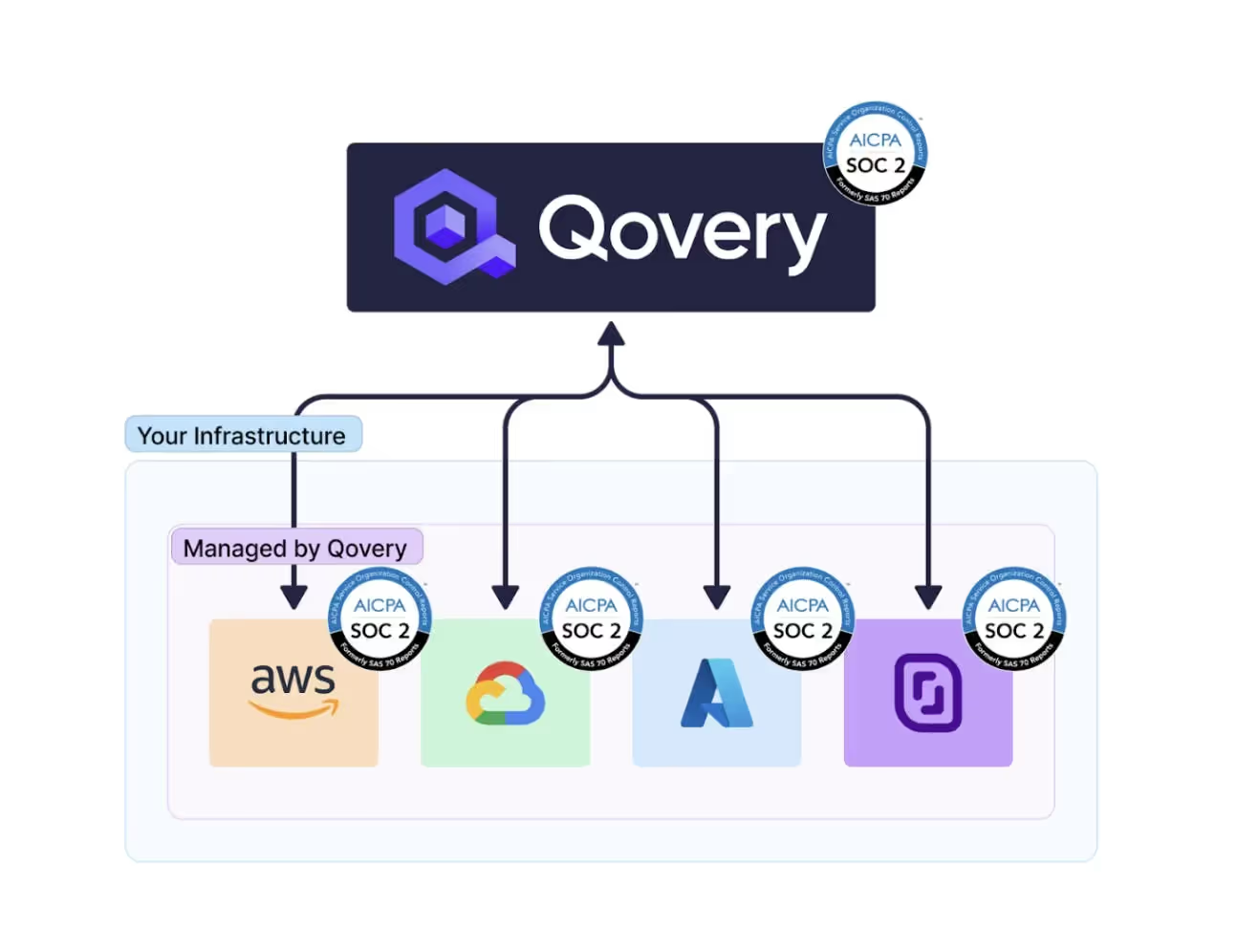
Through Qovery, teams gain production-grade infrastructure without the complexity of building it themselves. The platform enforces best practices automatically, preventing configuration errors that lead to outages. Regular backups and disaster recovery procedures protect against data loss. Teams focus on building products, while Qovery handles infrastructure reliability.
Benefits of robust infrastructure
Investing in robust production infrastructure delivers returns that extend far beyond preventing failures. Companies with solid foundations accelerate their delivery and increase product quality, yielding a significant competitive advantage.
1. Rapid scaling
Robust infrastructure scales with business growth. Auto-scaling policies adjust resources based on demand, handling traffic spikes without manual intervention. Database replication ensures queries stay fast as data grows. Load balancers distribute traffic efficiently across servers when needed.
This scalability enables business agility as product teams can release new features without worrying about capacity.
2. Reliability
Production-grade infrastructure delivers the consistent performance users expect. Applications respond quickly regardless of load, and features work correctly across all environments. Deployments are predictable and repeatable, which builds customer trust and reduces support burden.
Reliable systems also improve team productivity and morale as engineers focus on building features instead of debugging production issues. On-call rotations become manageable when systems rarely fail. With the knowledge that infrastructure won't hurt progress, teams can confidently plan product development.
3. Faster innovation and development
Reliable infrastructure shortens delivery time. Automated testing reinforces code quality, and standardized development environments eliminate drift issues. Teams can iterate and receive customer feedback quickly.
Time-to-market improvement compounds over time. Experimenting becomes easier, and teams learn faster from customer usage, they build better products and stay focused.
4. Better security
Well-built infrastructure includes security as a core component, as automated updates keep systems current. Network isolation reduces attack surface, and encryption protects data throughout its lifecycle. Regular audits identify vulnerabilities before exploitation.
Comprehensive security also simplifies compliance. Many regulatory requirements become accessible when infrastructure follows best practices. Teams can demonstrate compliance through platform capabilities rather than manual processes.
Key components of robust production infrastructure
Building production-ready infrastructure requires specific components working together. Each element supports one another, creating systems that handle growth gracefully.
1. Scalable computing resources
Applications and services need computing power that grows with demand. This includes auto-scaling groups that add servers during traffic spikes, and container orchestration that efficiently deploys workloads. Another option to host applications is to use serverless functions to only host code and let cloud providers handle scale and provisioning. The right compute architecture depends on application characteristics, but must accommodate growth.
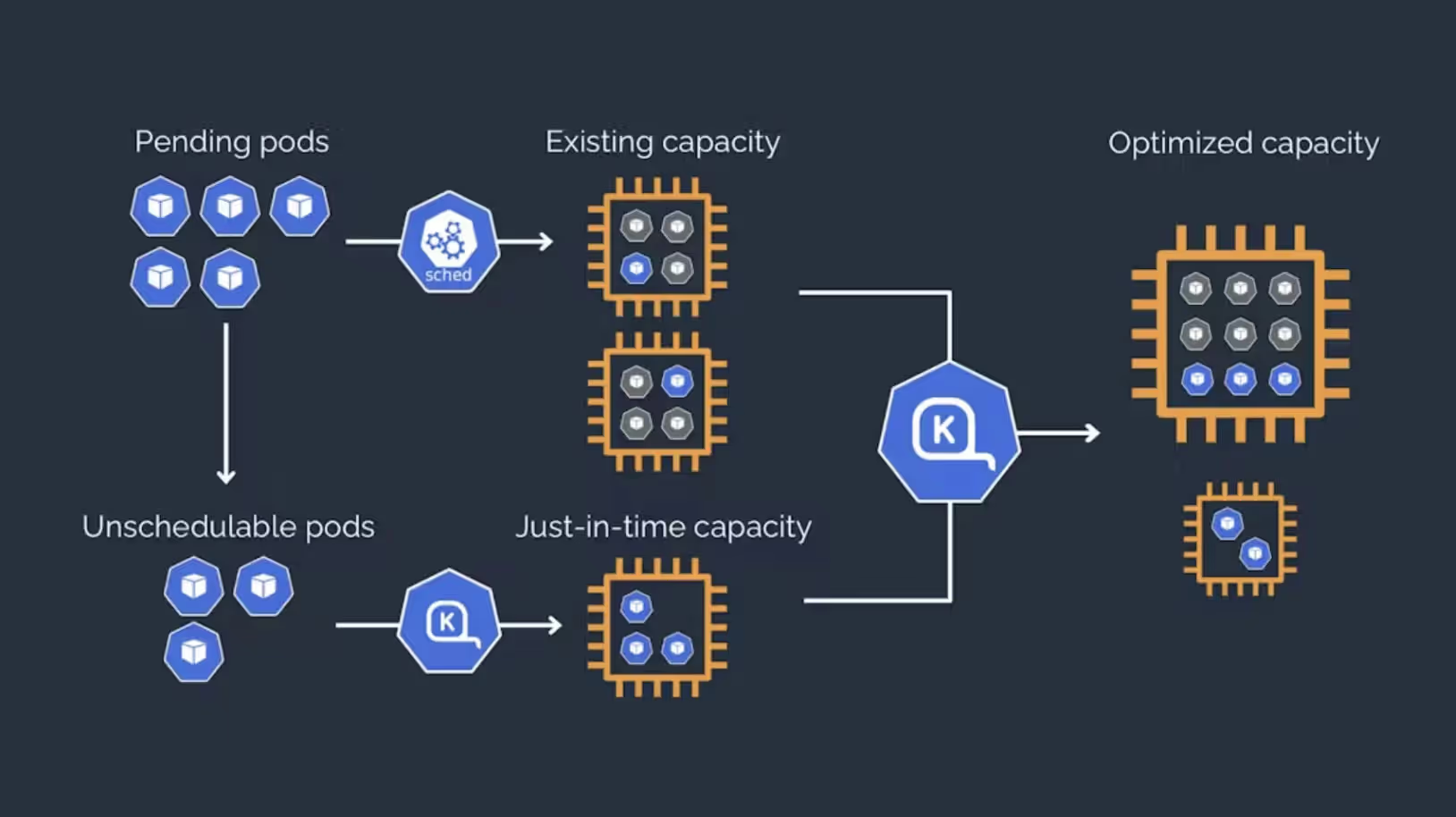
Scalable computing also allows for better provisioning and cost control. Modern infrastructure platforms optimize resource allocation automatically, ensuring applications have the necessary capacity without excess.
2. Scalable storage
Robust infrastructure includes storage systems that scale horizontally to cater for the data growth accompanying user base growth. This encompasses object storage, databases, or cache layers. Each storage type must handle increasing volume without performance degradation.
Storage scaling also involves data lifecycle management, whereby old data moves to cheaper storage tiers. Proper storage architecture prevents data from becoming a scaling bottleneck.
3. Monitoring and observability
Production systems require comprehensive monitoring to maintain reliability. This includes application performance monitoring to track user experience as well as infrastructure observability to identify resource constraints.
Effective observability goes beyond collecting data. It provides actionable information to reduce bottlenecks and prevent issues. Associated with incident management systems, this allows for proactive teams to keep optimal service quality.
4. Cost optimization
Without tight control, infrastructure costs can exponentially grow and impact a company’s bottom line. Robust systems reduce costs from the start by right-sizing resources based on actual usage, scheduling workloads during off-peak hours, or using spot instances for fault-tolerant processing.
Cost optimization requires continuous attention and upkeep as applications evolve. It is also important to keep an eye on what infrastructure providers offer, new services can significantly reduce costs while keeping similar performance.
5. Disaster recovery and high availability
Great infrastructure is fault-tolerant and self-healing. It requires redundancy and failure paths when underlying hardware encounters issues. It is critical to replicate data across multiple regions and test for disaster recovery often.
This engineering excellence for high availability is further extended with incident-response processes and proper recovery systems, allowing engineers to own applications end-to-end for customers.
Why companies should invest now
Delaying infrastructure investment only increases eventual costs: as technical debt compounds and customer expectations rise, competitive pressure intensifies. Companies that build robust foundations early gain lasting advantages.
1. Embrace automation
Manual processes cannot scale with business and engineering organization growth. Automation eliminates human error while accelerating operations. It includes automated deployments, infrastructure as code, and environment provisioning. Automated testing also helps in catching bugs early within the development lifecycle.
Automation also frees teams from managing delivery and infrastructure, letting them focus on product development, yielding better productivity and morale.
2. Implement observability
Modern applications require in-depth visibility to operate effectively. Observability provides insights that prevent problems and accelerate debugging. This includes distributed tracing to follow requests across services, metrics that show system health, and logs to capture detailed events.
Observability also enables data-driven decisions, whereby engineers and product managers identify optimization and feature opportunities through metrics. Visibility transforms operations from reactive to proactive.
3. Adopt cloud-native principles
Cloud-native providers provide better flexibility and resilience over traditional systems. They offer containerization for consistent deployments, strong scaling, and managed services that eliminate operational burden.
Cloud-native approaches also reduce vendor lock-in by allowing applications to be portable and run across multiple cloud providers, opening options to organizations for provider choices.
How Qovery helps implement these practices
Qovery embodies modern infrastructure principles in an accessible platform that provides all the power of cloud-native tools without the complexity.

Through Qovery, teams implement best practices without extensive expertise while benefiting from Kubernetes’ powerful solution.
Embrace Automation: Qovery is a DevOps automation tool at its core. It integrates directly with your Git workflow to provide automated deployments and environment provisioning. You get all the benefits of Kubernetes and Infrastructure as Code (IaC) without needing to spend hours on DevOps set up. This frees your team from manual tasks, allowing them to focus on product innovation.
Implement Observability: Observability comes standard with Qovery. The platform provides integrated monitoring and logging dashboards that give you in-depth visibility into your application's health. This allows your teams to quickly diagnose and fix issues, transforming your operations from reactive to proactive.
Adopt Cloud-Native Principles: Qovery is built on top of Kubernetes, giving you a powerful, scalable, and resilient foundation. It standardizes deployments, enables multi-cloud portability, and provides managed services that eliminate operational burden. Your team can reap the full benefits of a cloud-native approach without the steep learning curve.
Conclusion
Robust production infrastructure forms the foundation for sustainable business growth and allows companies that invest in proper systems to maintain velocity during growth. Those that delay face increasing challenges as growth exposes infrastructure weaknesses.
The benefits of robust infrastructure extend throughout organizations as engineering teams build features faster when infrastructure just works. Customers trust services that perform reliably, and teams benefit from the stability robust infrastructure provides.
For scaling businesses ready to build this foundation, Qovery offers a proven path forward. It is a comprehensive DevOps automation tool and provides robust infrastructure without operational complexity. Teams gain the benefits of scalable systems while keeping focus on their core business.
The time to invest in infrastructure is early in your growth. Technical debt only gets pricier to pay down while customer expectations increase. Companies that build robust production infrastructure today position themselves for accelerated growth tomorrow.
Ready to build infrastructure that scales with your business? Discover how Qovery can provide the robust foundation your growth demands. Start your free trial today!

Suggested articles
.webp)



.svg)
.svg)
.svg)
